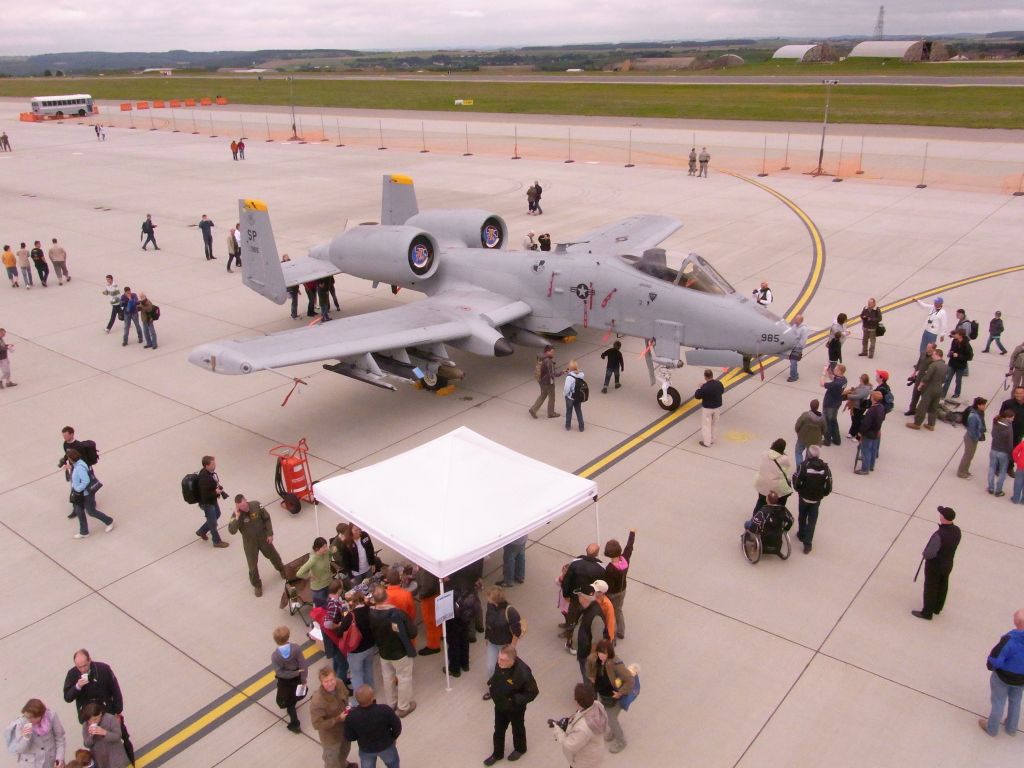

According to Hans-Jürgen Dörner, Horst Böhm put local patriotism first in the rivalry with BFC Dynamo.

Coaches Fritz Sack and Paul Döring picked out 17 players from 11 different cities who were delegated to Dresden to form the team. Dynamo recorded their best ever European performance in the 1988–89 UEFA Cup, beating AS Roma on the way to a semi-final defeat against VfB Stuttgart. Dynamo Dresden peilt weiter unverdrossen den Wiederaufstieg aus der 3. FC BAYERN MÜNCHEN II - Dynamo Dresden 1:0. They also began to establish themselves as a presence in European football – they played in European competition every year during the 1970s, and eliminated some big names – beating FC Porto, Juventus and Benfica on their way to four quarter-final finishes. Liga for the first time since its foundation in 2008. In Dresden übernahm im Juni 1969 Walter Fritzsch den Trainerposten bei Dynamo. Following their 2011 advance to the 2nd League, they were again drawing crowds of 25,000. FC Heidenheim - Dynamo Dresden - kicker FC Carl Zeiss Jena - SG Dynamo Dresden,, Ernst-Abbe-Sportfeld in Jena, Dynamo Dresden performed well in their first season back in the league. The 2005–06 season began in a similar way, as Dynamo climbed to third place with a 2–1 win over 1860 Munich in the Allianz Arena, but this was followed by thirteen matches without a win, resulting in the dismissal of Christoph Franke. However, the eastern part of Germany, including Dresden, was under Soviet control, and the sports club was considered too bourgeois by authorities. However, most players from the former team of SG Friedrichstadt, including player-coach Helmut Schön, did not agree with the move and left Dresden to join Hertha BSC or other clubs under the German football Association (DFB). , SG Friedrichstaft met ZSG Horst Zwickau at the Heinz-Steyer-Stadion in Dresden on 16 April 1950.
#SPANGDAHLEM AIR BASE TAG DER OFFENEN TÜR 2016 LICENSE#
To add to this, the club had accumulated debts of more than 10 million DM, and were denied a license to play in the 2. , History was to repeat itself, though, at the end of the 1970s. And a message with information about the line-up of Bayern Munich was quickly sent by motorcycle to the coach of Dynamo Dresden Walter Fritzsch in preparation for the match. Their highest placing was 13th in 1993–94, but the following year they succumbed to the drop, finishing in last place, having gone through three managers (Sigfried Held, Horst Hrubesch and Ralf Minge) during the season. Dresden on pelannut vuodesta 1957 saakka Rudolf-Harbig-Stadionilla, ja seuran värit ovat olleet vuodesta 1968 saakka keltainen ja musta.

In order to put together a strong team for SV Deutsche Volkspolizei Dresden to the 1950-51 DDR-Oberliga, the 40 best players of the various Volkspolizei teams in East Germany were brought together for a training session in Forst in July 1950. Spieltag", "Dynamo Dresden trennt sich von Trainer Olaf Janßen", "2. The club also benefited from support by Stasi Major General Horst Böhm, the Head of the Regional Administration of the Stasi in Dresden, who took involvement in the appointment and dismissal of trainers and the contracts of players. The president of SV Dynamo was Erich Mielke, at the time deputy head of the Stasi. SV Dynamo was formed from SV Deutsche Volkspolizei and the sports communities of the Secretariat of State Security, commonly known as the Stasi. , During the 1970s, Dynamo established themselves as one of the top teams in East Germany, under the management of Walter Fritzsch. , Hovewer, the success, proved to be the club's undoing. When they were founded as SG Volkspolizei, the club was sponsored by the East German police force, and in 1953, when they became Dynamo Dresden they were part of the SV Dynamo, the sport organization of the security agencies. Rolf-Jürgen Otto, the club's president was jailed for having embezzled around 3 Million DM from the club. Dynamo sought to regroup in the Regionalliga, and again looked to former players to manage the team, being led by Hans-Jürgen Kreische (1995–96), Udo Schmuck (1996) and Hartmut Schade (1996–1998), but failed to seriously challenge for promotion. Dynamo's youth system was particularly successful during this period, with players including Lars Jungnickel, Silvio Schröter, Maik Wagefeld and Daniel Ziebig going on to play at a higher level. Dynamo emerged victorious with 2–1 on aggregate and remained in the second tier for the 2013–14 season. It has played at this level since 2009 with a fourth place in 2012 as its best result.


 0 kommentar(er)
0 kommentar(er)
